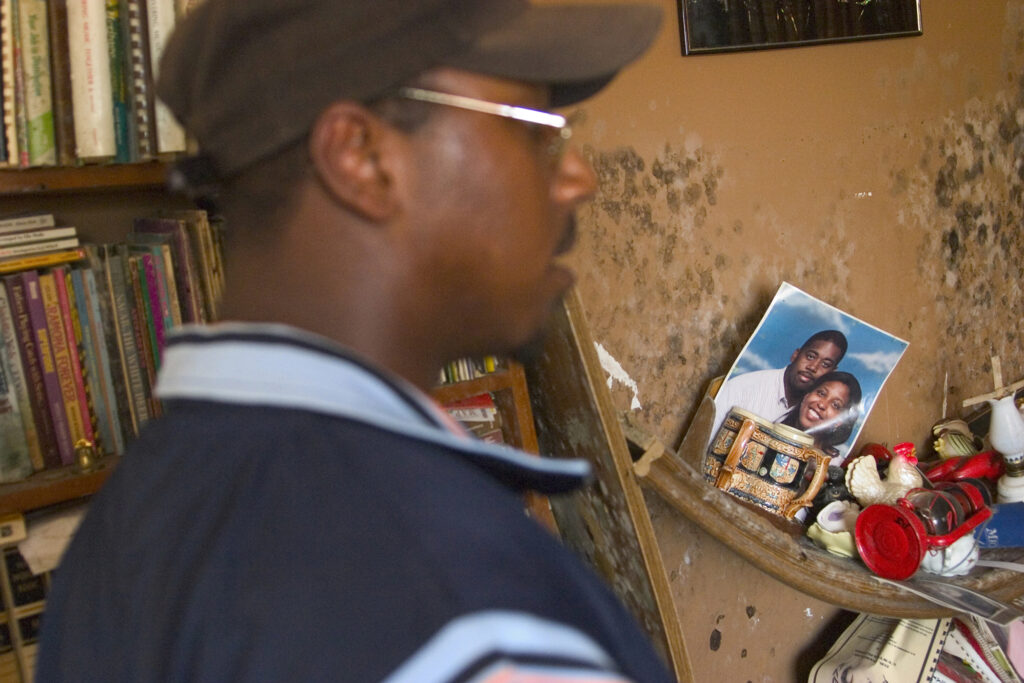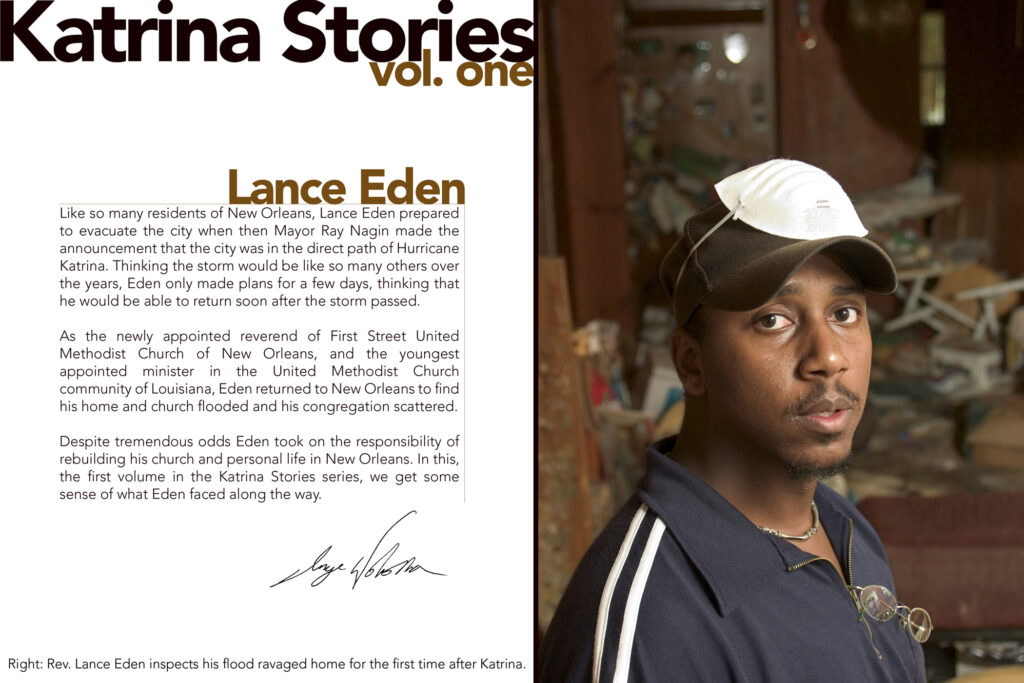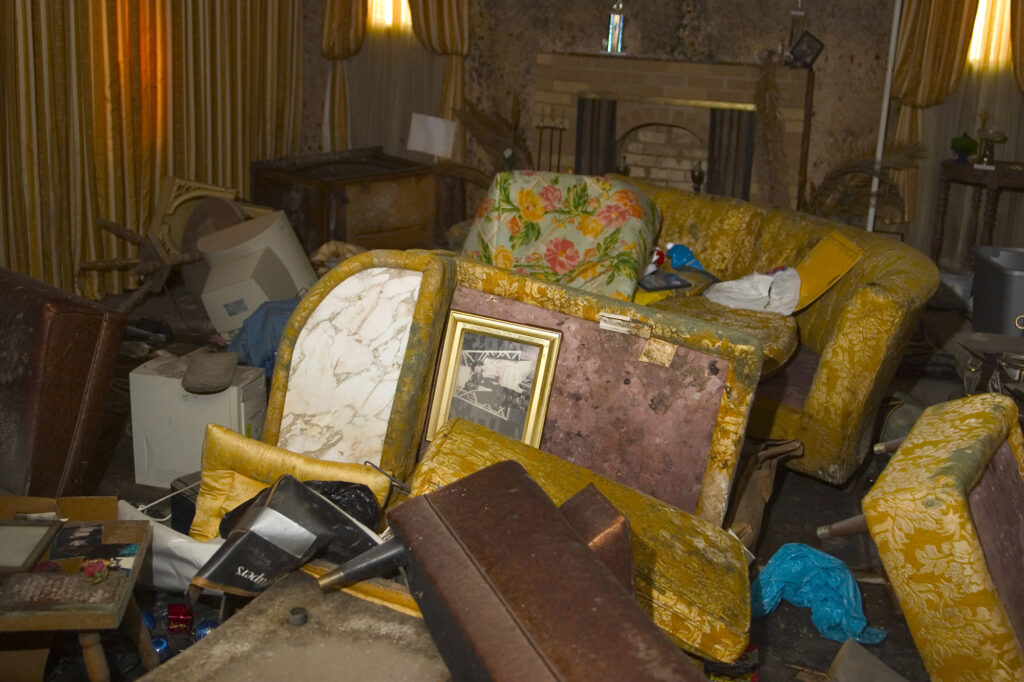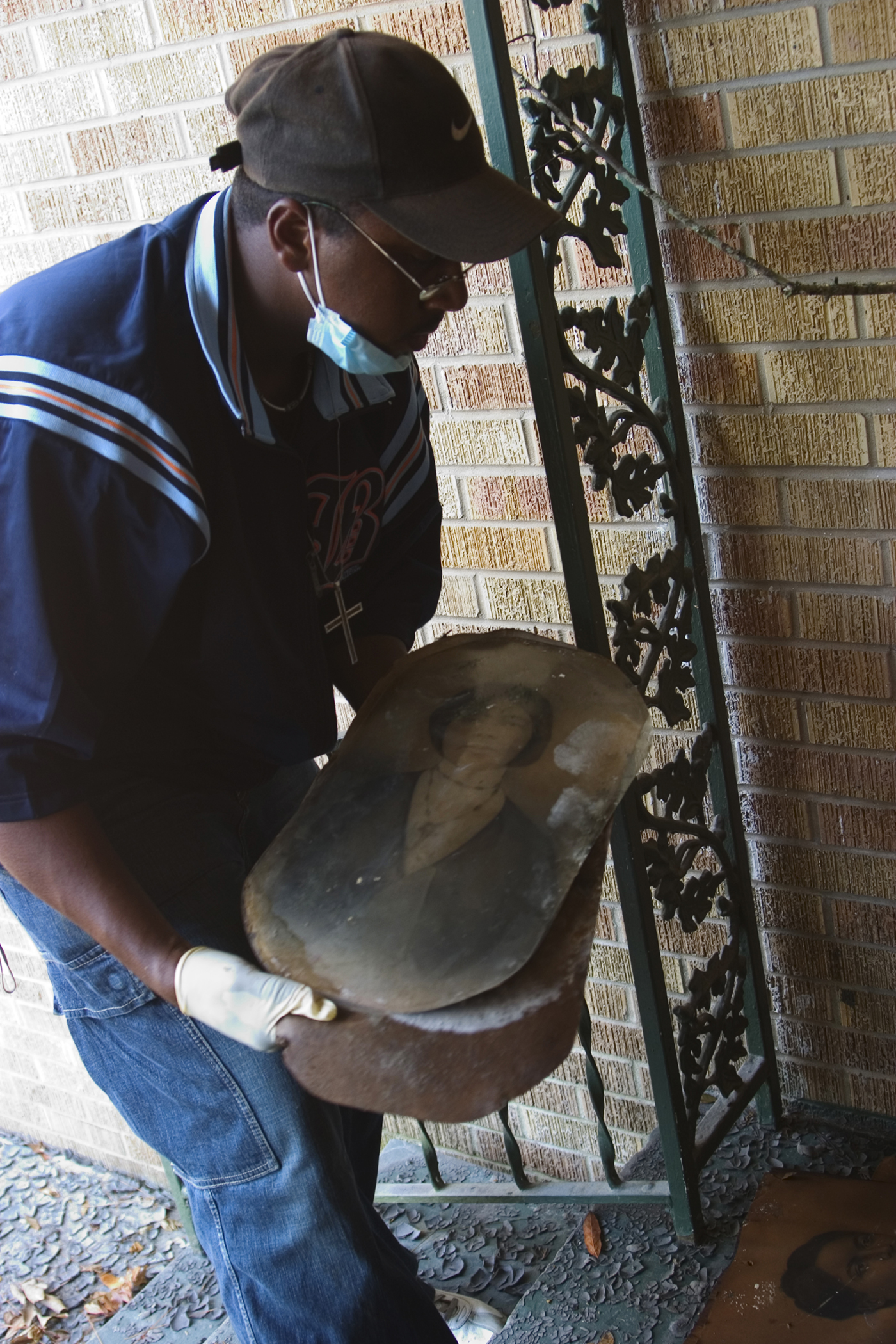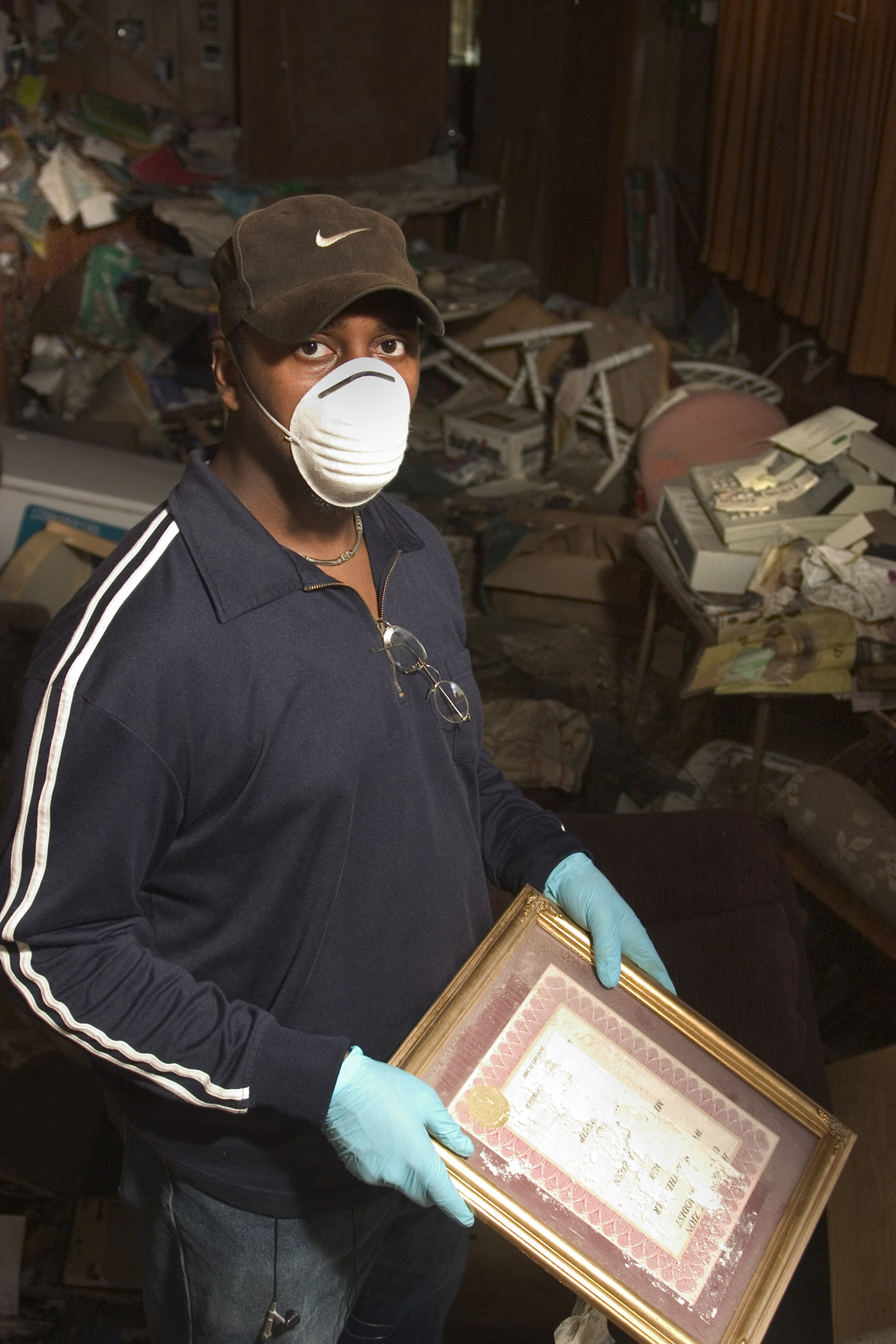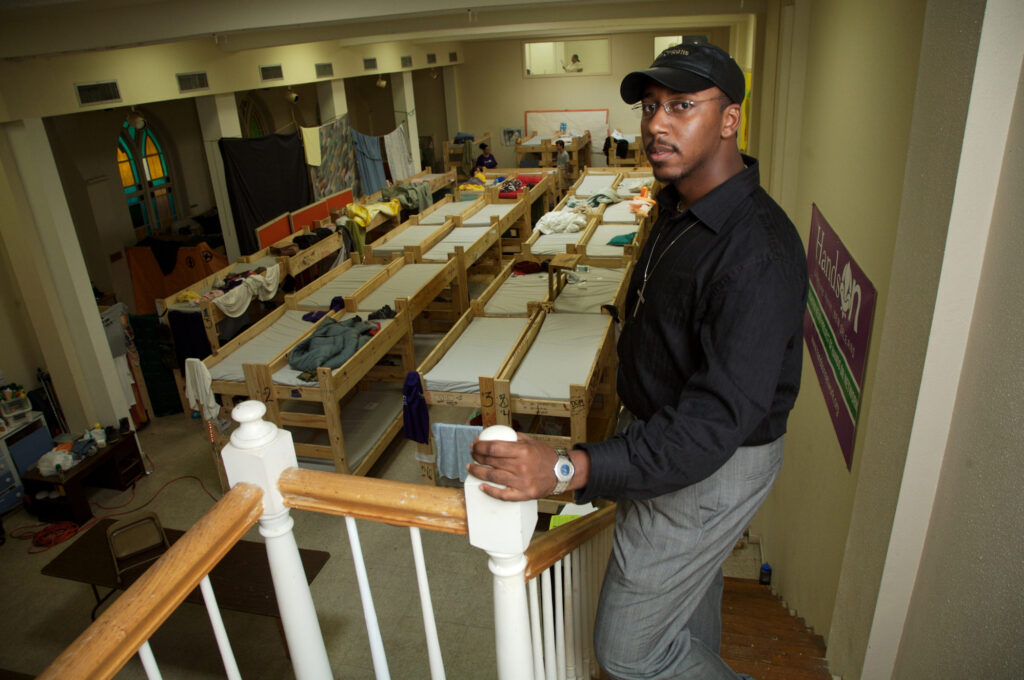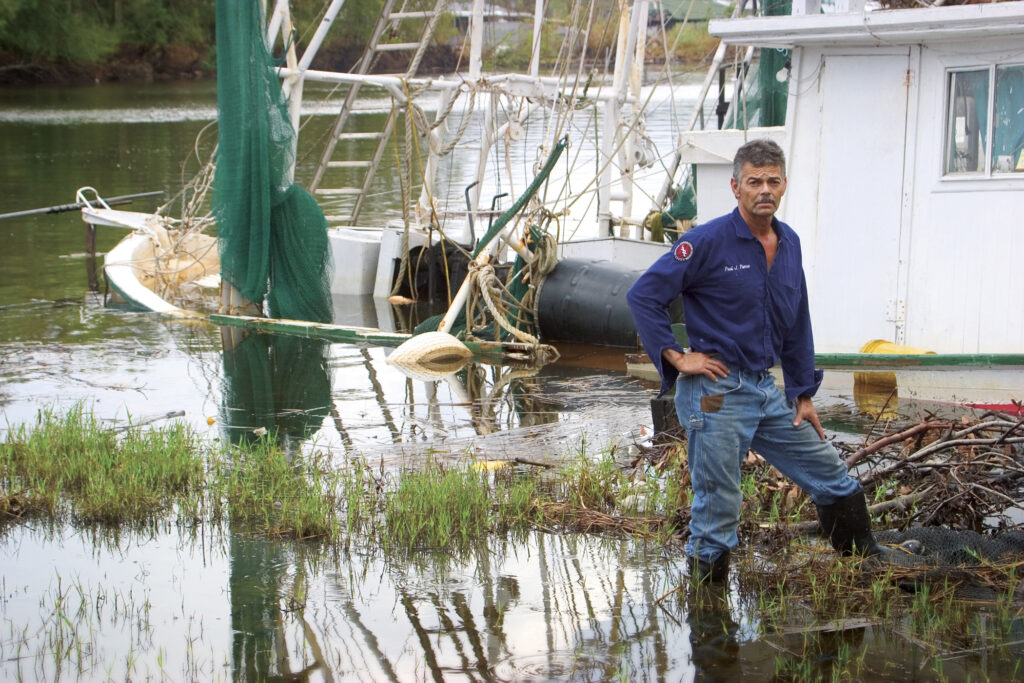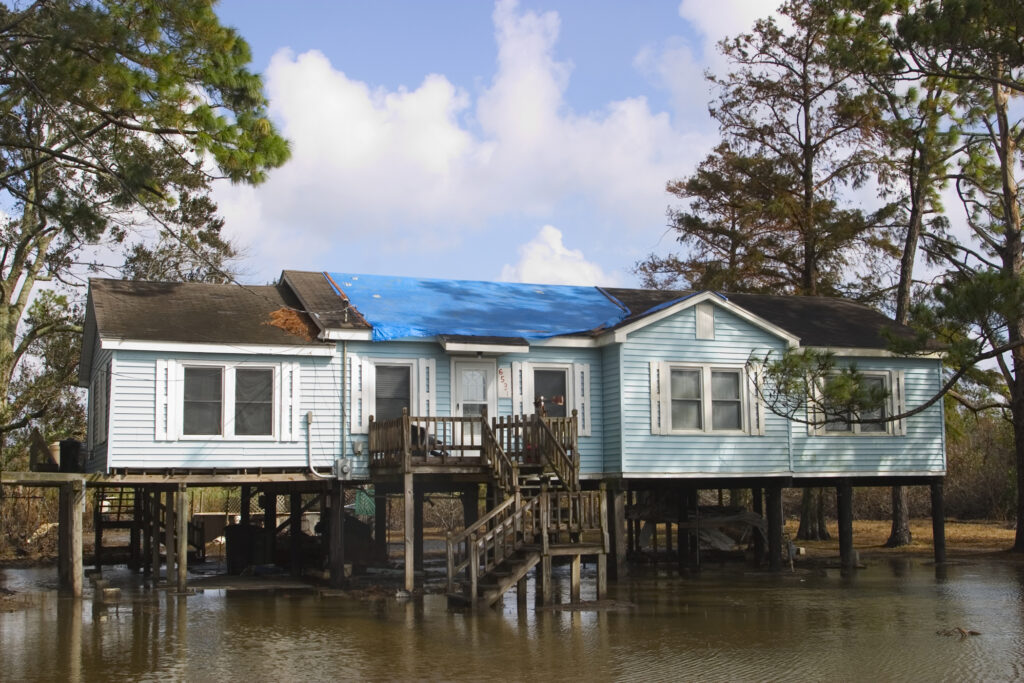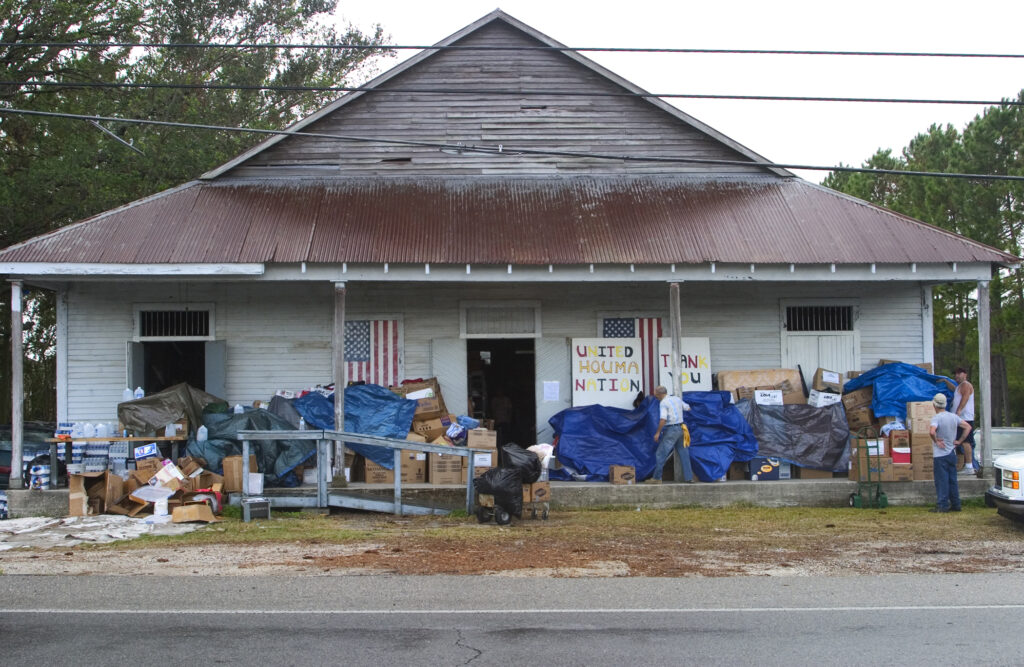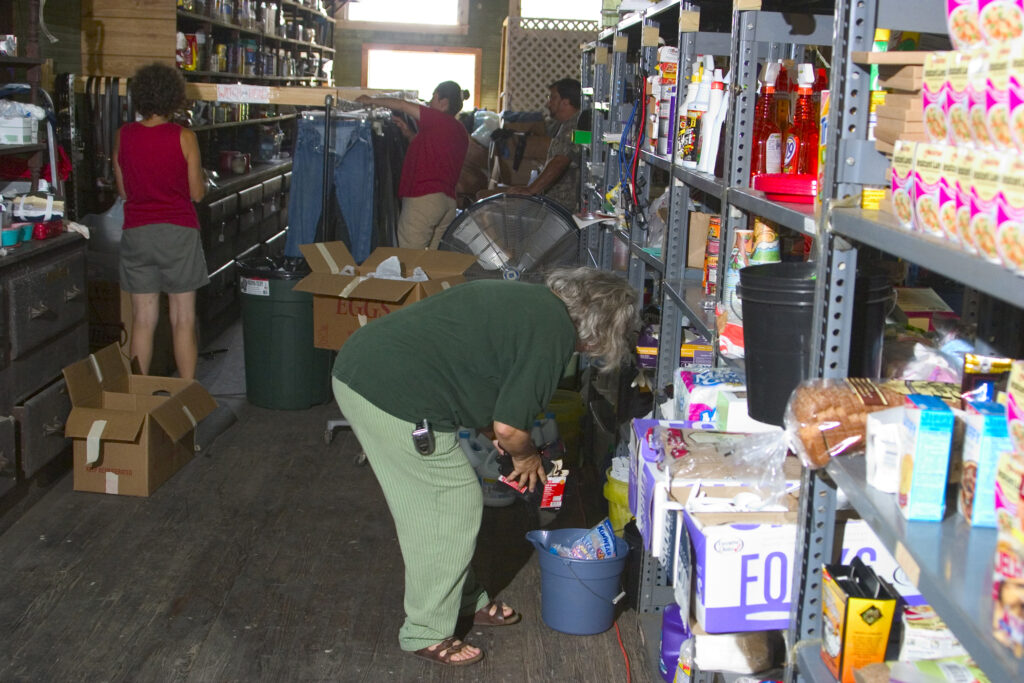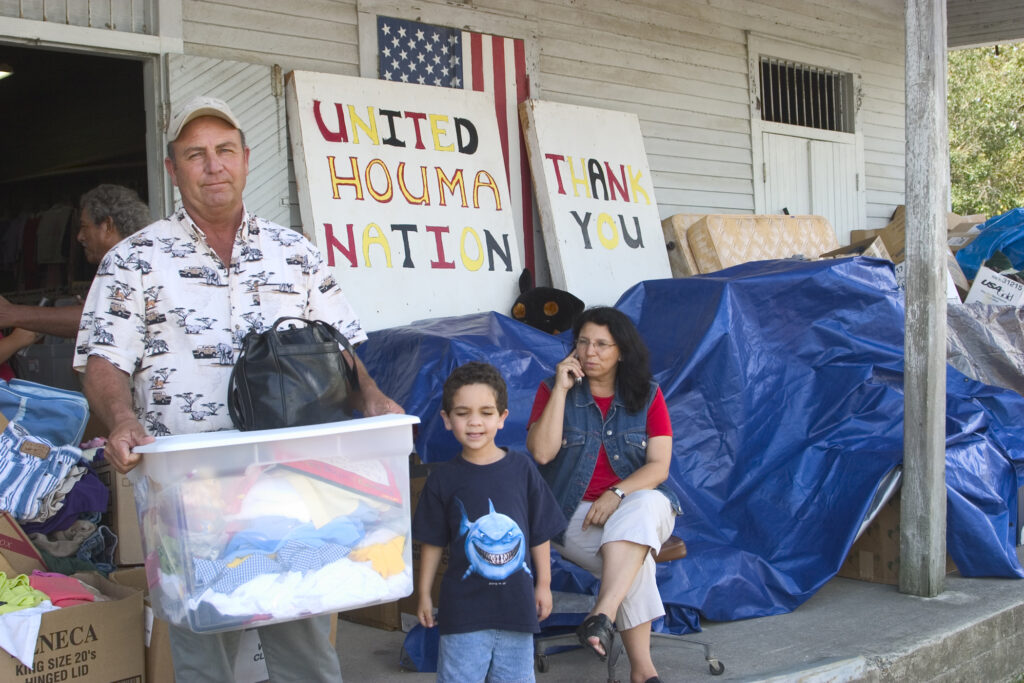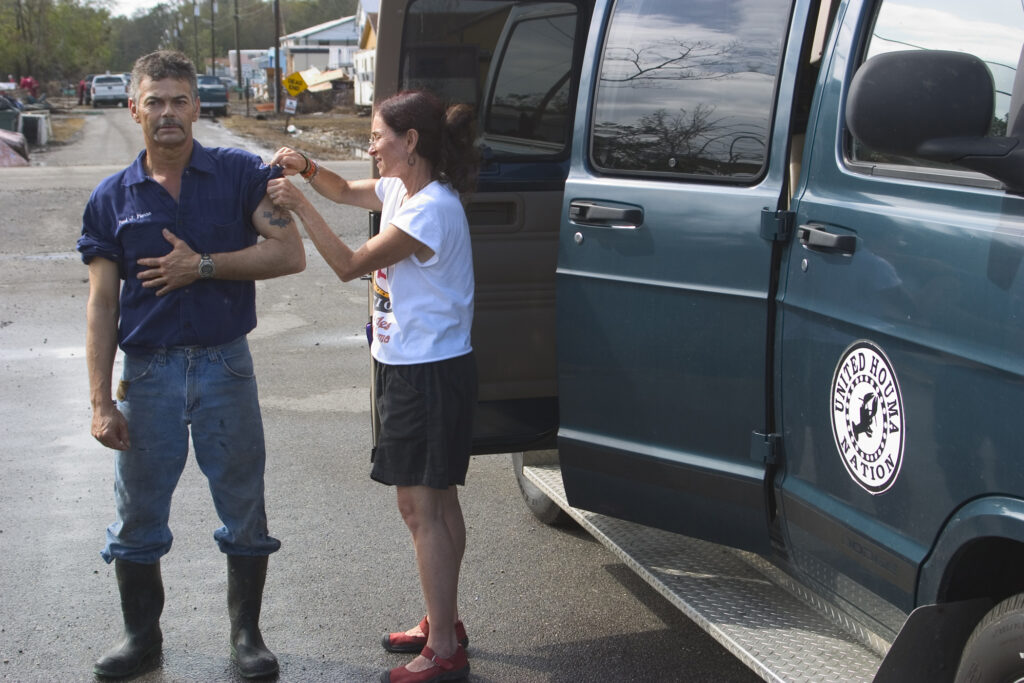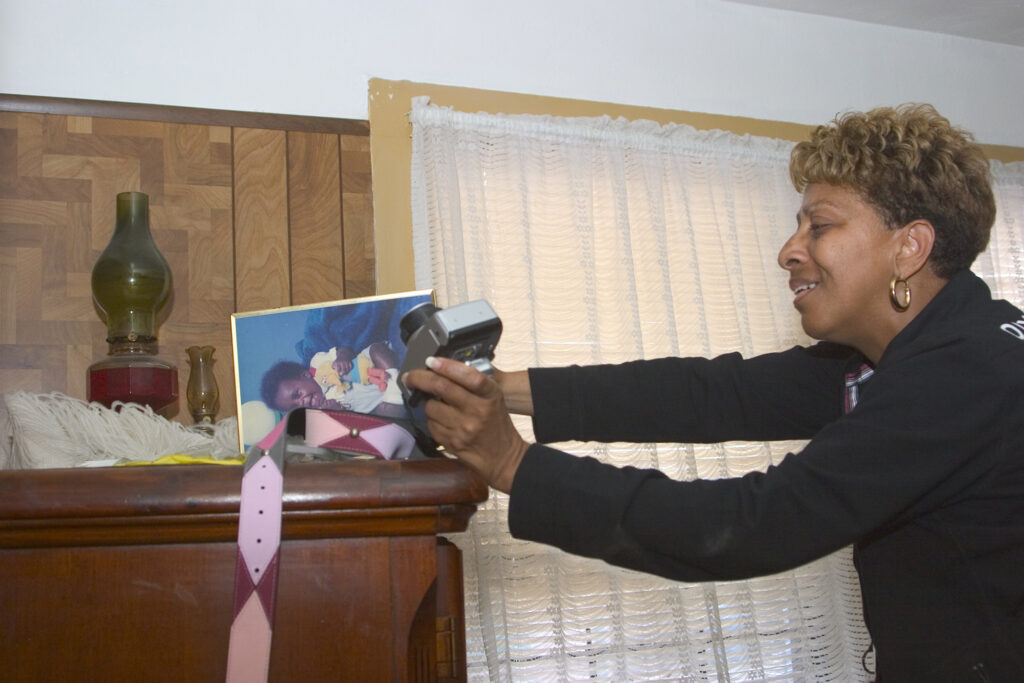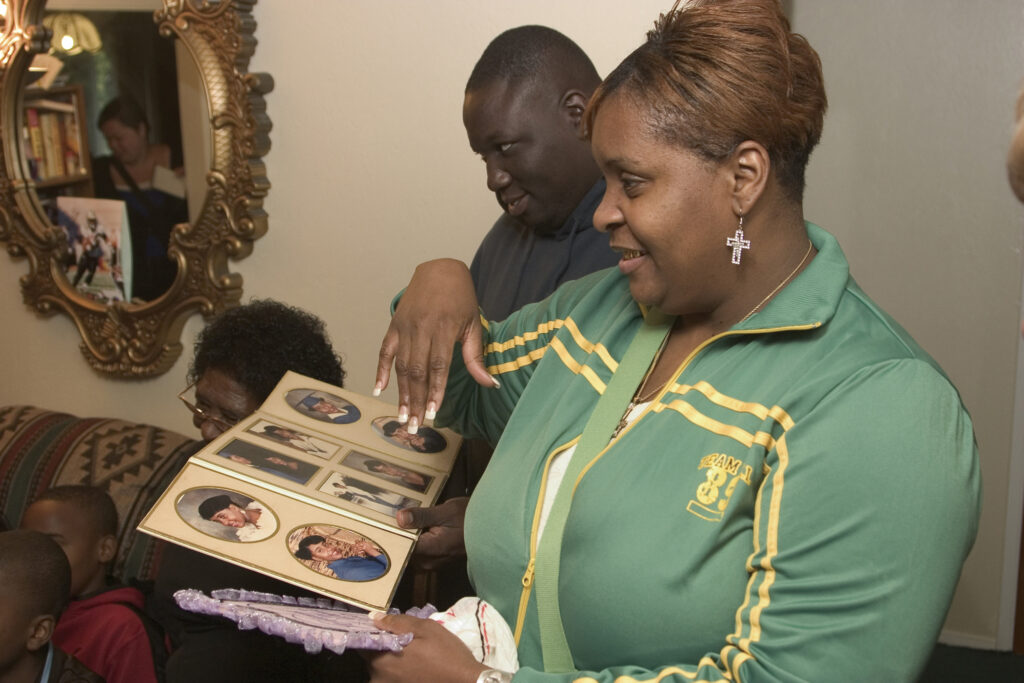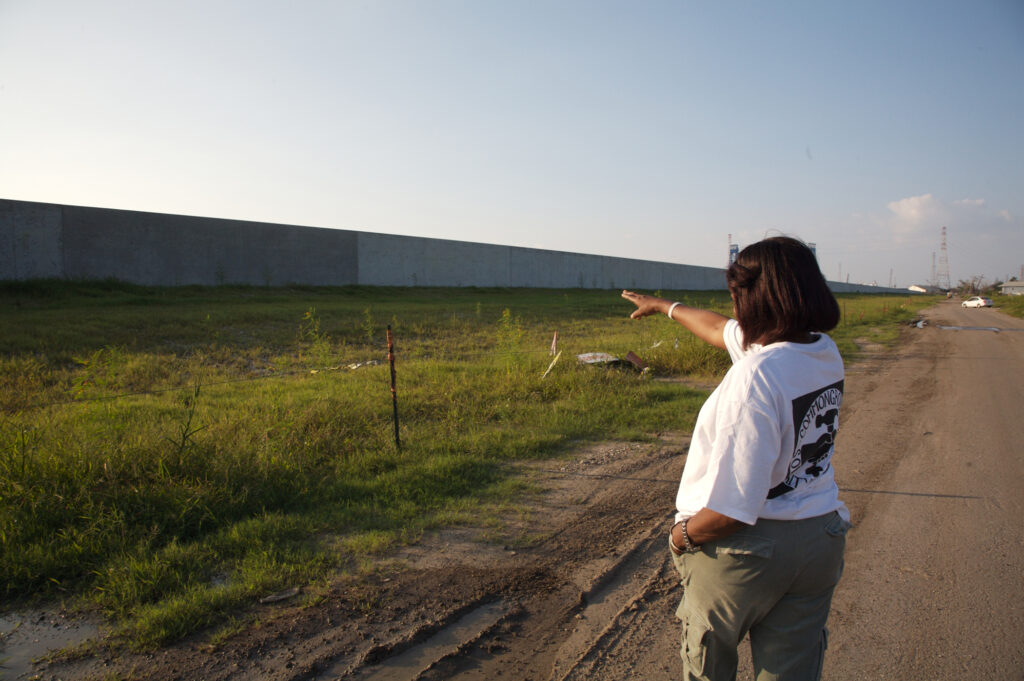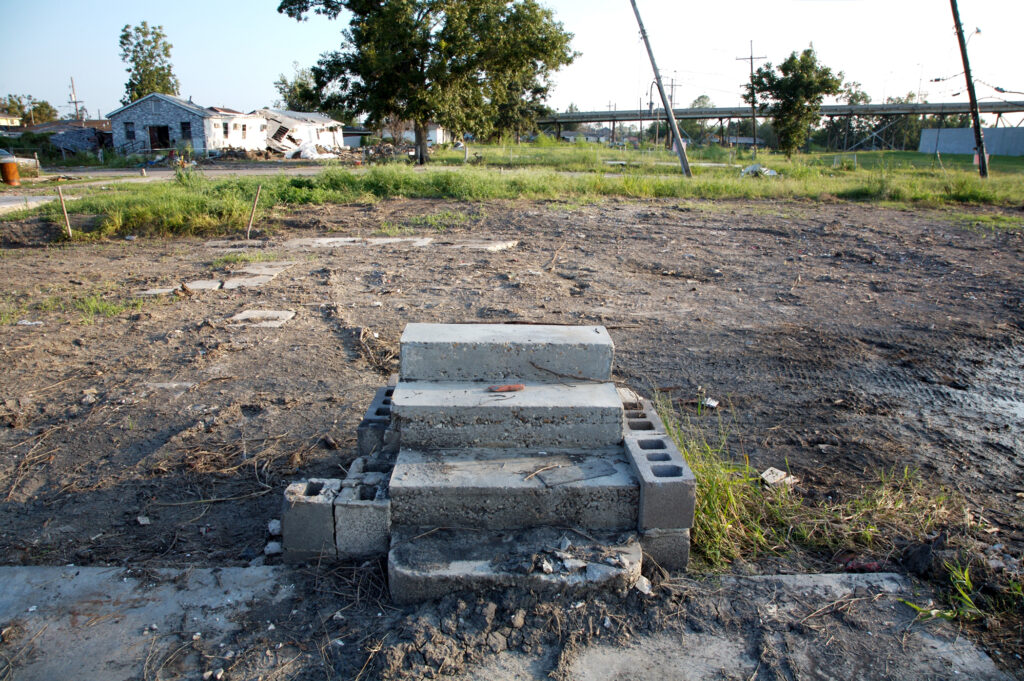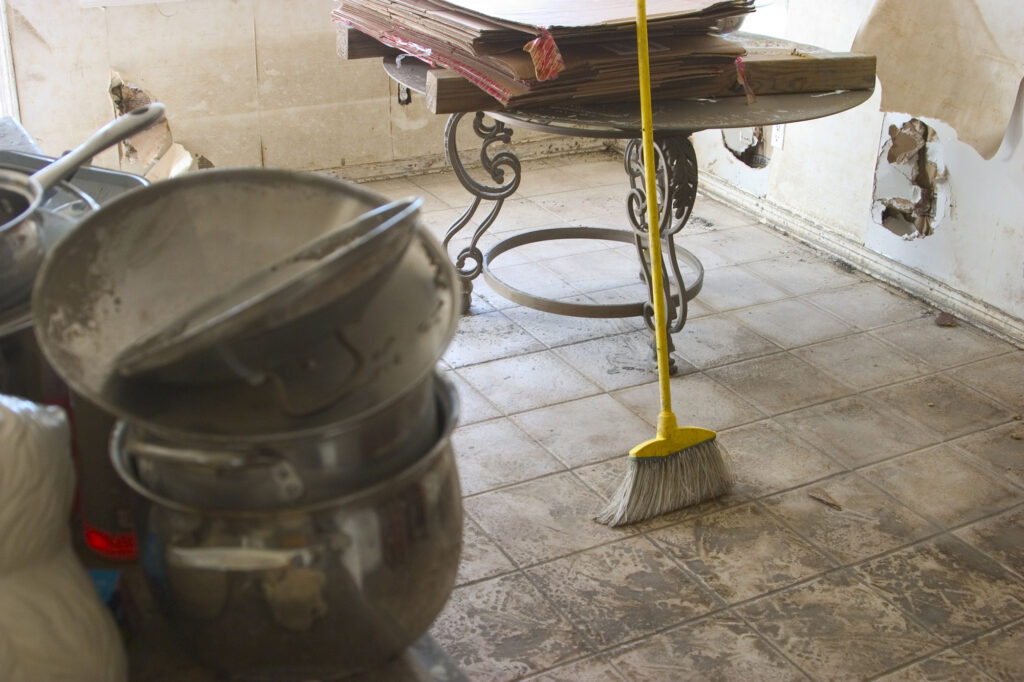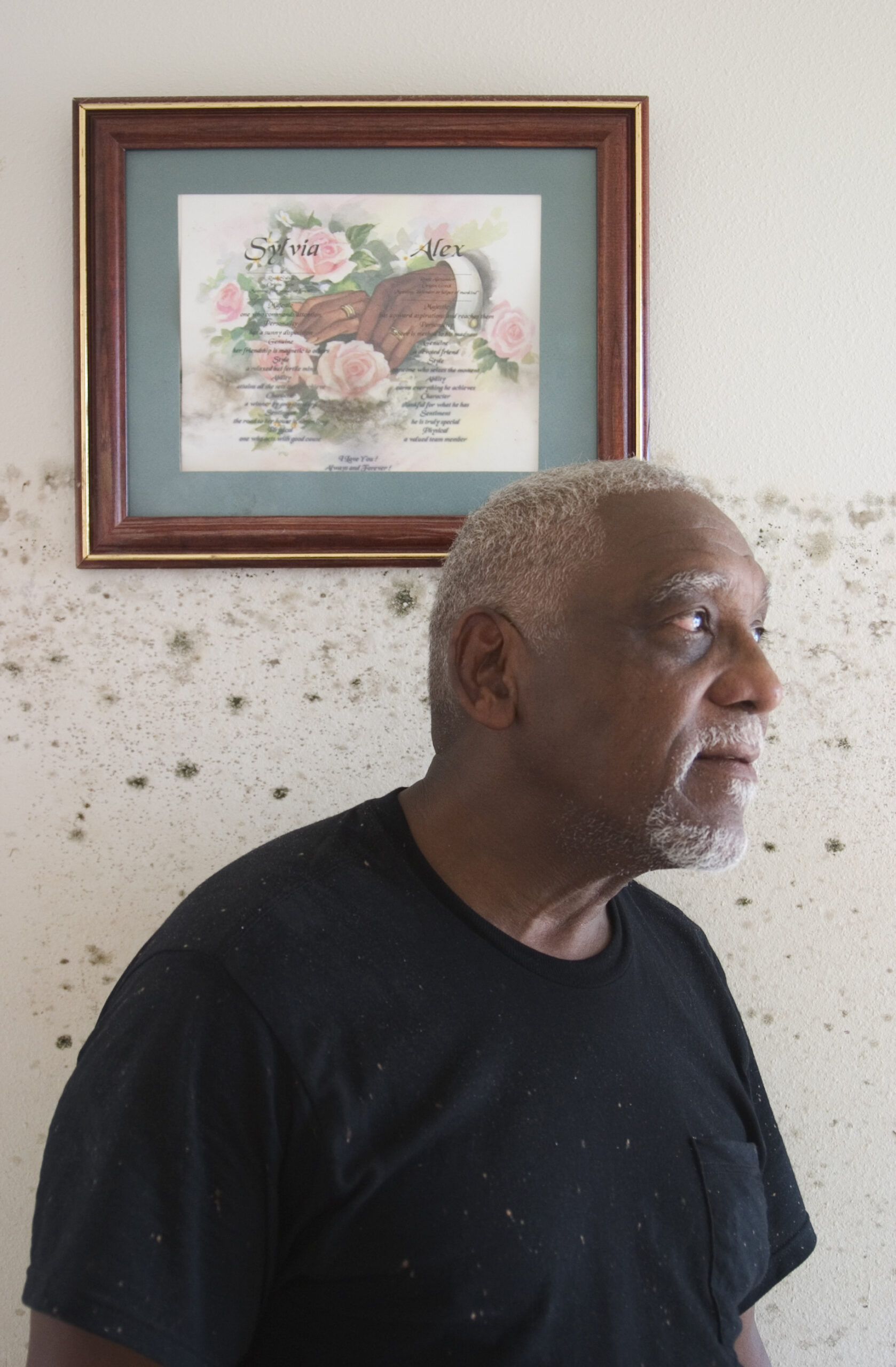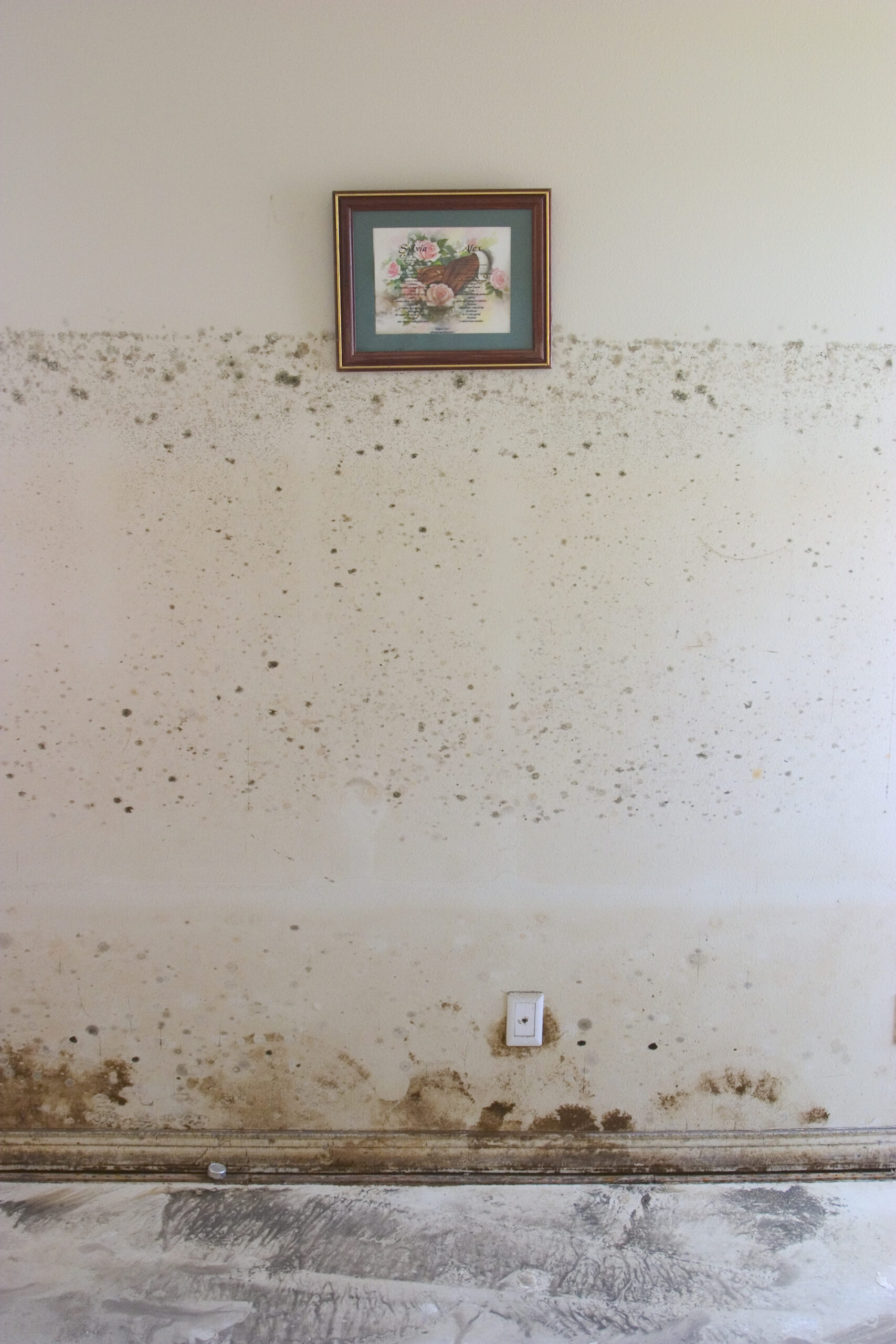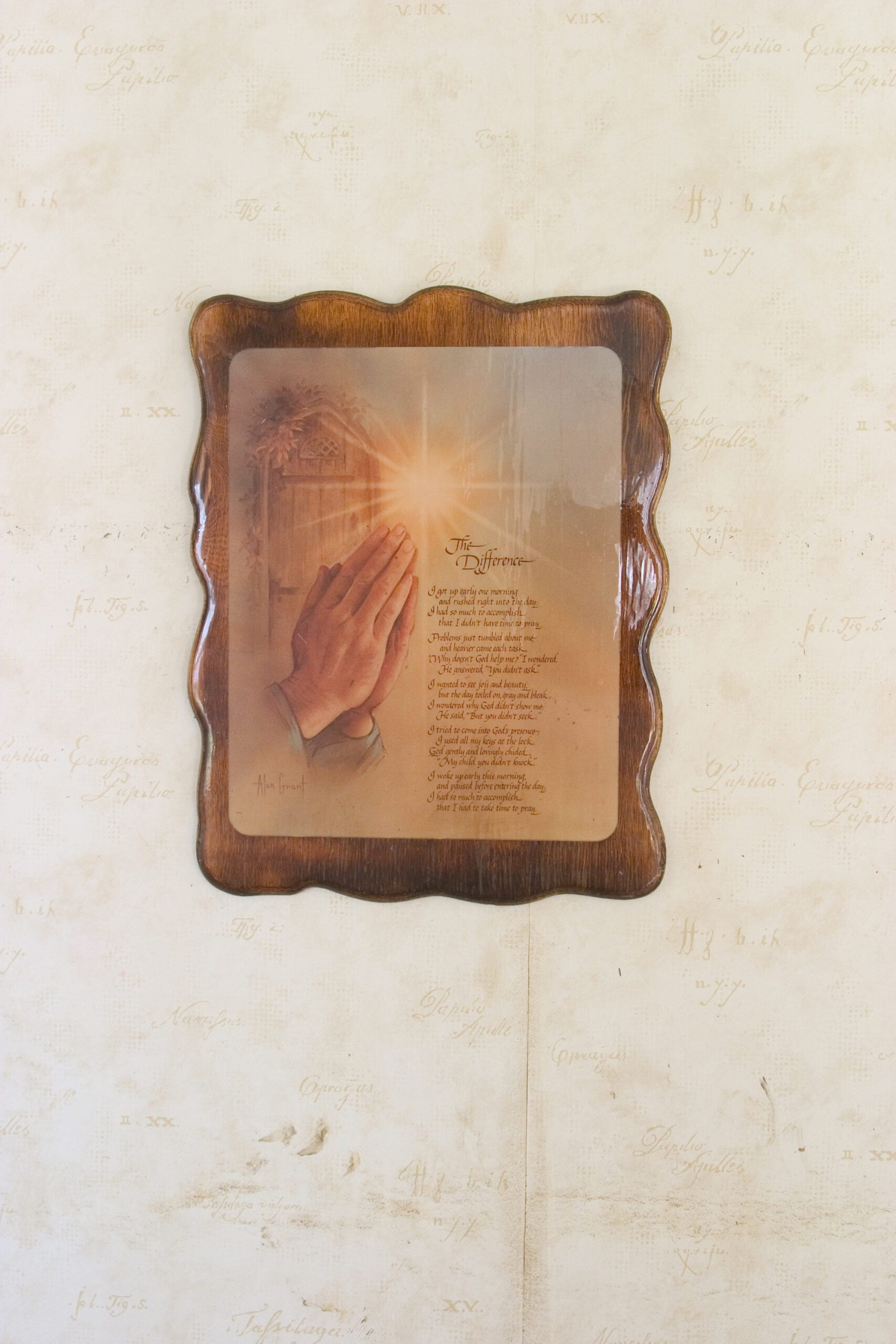HOME | Editorial Photo Essay
In 2005 and 2006 I traveled Mississippi and Louisiana with ColorsNW editor Naomi Ishisaka to cover the aftermath of Hurricane Katrina. It was the first time the magazine ran a feature on communities outside of Washington State. The resulting stories filled an entire issue and took a uniquely personal look at how people were attempting to put their lives back together. Katrina illustrated how embedded systems of class and race inequities create built vulnerabilities for the poor in America. It was a truth that resonated in communities of color across the nation, even here in Seattle, WA. ColorsNW wanted to put a human face on the national conversation about the role of race and poverty. The resulting stories were intimate and revealing of the breadth, depth and enduring impact of the loss.
Eighteen years later, as I revise the introduction to this body of photos, I can’t help but think about how Katrina accelerated the pace of social and cultural dislocation in New Orleans’ Lower Ninth Ward. I can’t help but think about my own loss of community here in Seattle’s Central District. The pace and nature of the change
in these two neighborhoods are radically different. Still, as Black communities separated by thousands of miles, they are bound by shared histories of redlining, economic marginalization, and a host of other historic forces. Forces that embedded vulnerabilities in their ability to mount a collective response to rapid change.
I am repurposing design features from the first iteration of this gallery that I published on a 2014 version of my website. I like the way they look and they help illustrate that I have been continuously attempting to plumb the meaning of this body of photographs. I am also including cutlines for many of the photos. A feature unique to some of the editorial galleries on this site. The editorial elements help shape the subtext of the photos which were created use in feature articles. On top of this the cutlines work to highlight the importance of home, memory, connection and continuity as central concerns in everyone’s attempt to rebuild in the wake of the storm. Some images are dense with the chaos of the storm’s immediate aftermath. An illustration of intense and calamitous loss. Other images have a quiet emptiness. They evoke a sense of loss that is more rooted, growing like weeds in concrete. These are themes and moods that also informed the editorial and creative work I would produce about the Central District over the following two decades. I invite you to meditate on the work in the Exhibitions and Wa Na Wari sections on this website with these ideas in mind.
New Orleans, LA | 2005
Photos in the Vail family home survived the flood relatively intact. Trapped by the flood following the hurricane, the Vails relocated to Lacy, WA, where they met Antoinette McClain through Operation Evergreen, a Washington State program established to provide relocation resources for victims of Hurricane Katrina.
Slidell, LA | 2006
Alex Thibodeaux take a moment to meditate on his home and life in Slidell. His commitment to family and community kept his disposition warm and upbeat even while he faced uncertainties about rebuilding his home and life. With his family evacuated to safer locations, Alex was left to take on the monumental task of cleaning and salvaging the home while tackling a dizzying maze of insurance and governmental bureaucracy alone.
